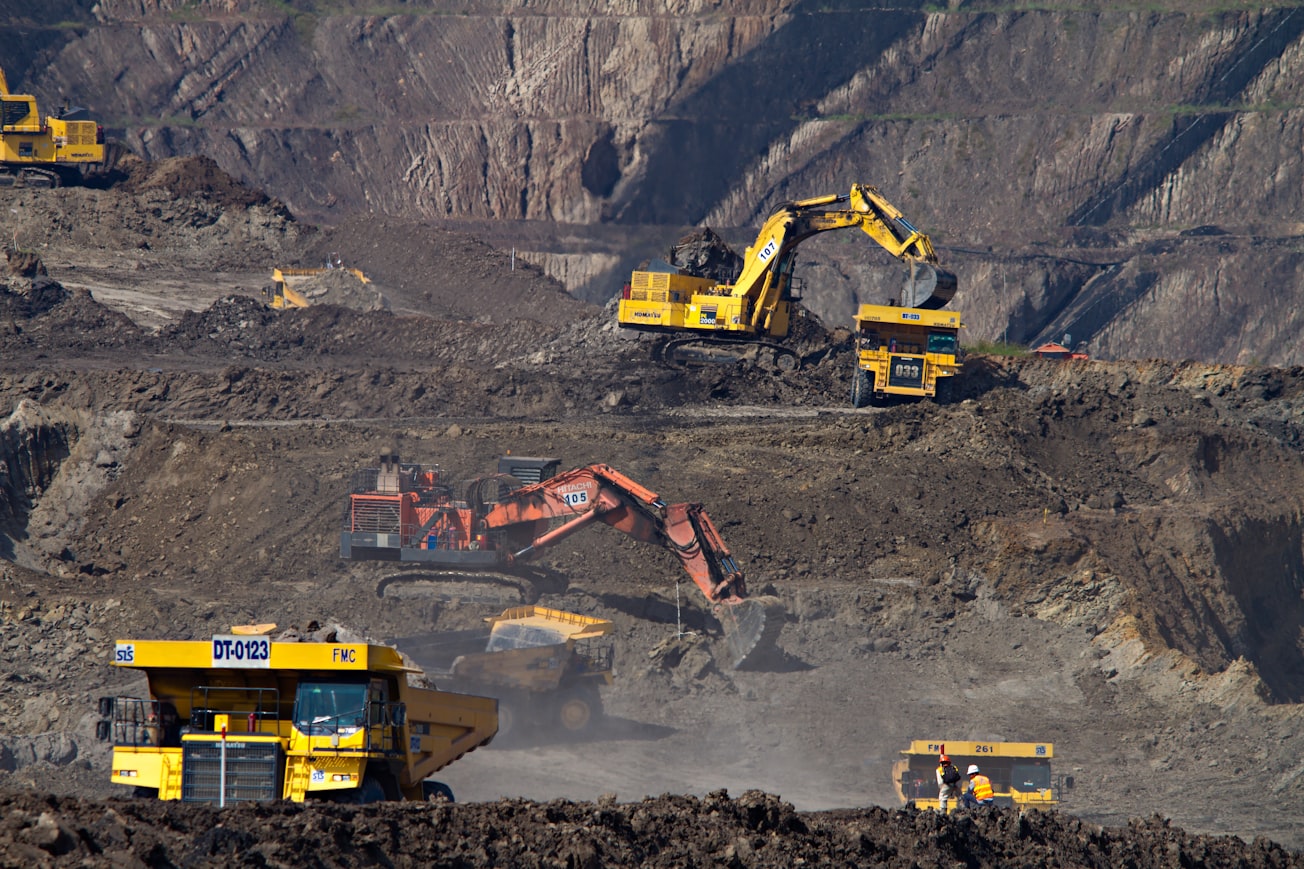What is it about?
ABSTRACT: The urge to make wealth, reduce unemployment, and improve the living conditions of its people pushes the Ethiopian Government to regulate the mining legislation to favour investment in the sector. The external perception is that some aspects of doing business in Ethiopia are too difficult, and they increase stakeholders’ investment’s risk and undermine potential benefits. Changes allow for business incentives that include security of tenure, the right to sell minerals, equipment and machinery’s preferential duty and tax provisions, a 2%–8% production royalty, a 25% mining corporate tax, custom/duties exemptions, carry forward of losses up to ten years, and profits repatriation’s structuring. Ethiopia’s resource intensity trajectory is expected to take off in the coming years. However, without adequate mineral discoveries and a competitive extractive industry, it may land up in a ‘Catch-22’ situation. This hinders the overall progress of the country’s development without realising the development of the natural resources. This paper highlights the Ethiopian, mining industry status, strategy, and challenges, including ‘wirehousing and hotelling’, in relation to withdrawal of international companies without completing the mining projects at all stages of projects development (mine to mill), such as exiting during the initial stages of mining industry (i.e., exploration/finding the ore-body), without proceeding to the next stages (mining/extraction/ and transformation/concentration of minerals). Classic contribution of Australia’s mining industry to regional development via innovation, advancement, new discovery, capacity, and economy is presented to formulate, scale up/replicate, and appreciate the gap with the defies facing at regional state level (Tigray) and federal level (Ethiopia) and draw a lesson to other developing nations in relation to what a robust sustainable mining sector can bring to nation’s economy through different themes. This article has heaps of takeaway messages and has brought up untold embedded issues, which can be an inordinate input to diverse background of miners, mining companies, financiers, stakeholders, and governments’ decision makers, and will be well received by global readers. https://www.inderscience.com/info/inarticle.php?artid=97440
Featured Image

Photo by Dominik Vanyi on Unsplash
Why is it important?
This paper is really important for many who are involved in the mining industry, including miners, geologists, mineralogists, metalists, governments, policy- and strategy-makers, stakeholders, financiers, environmentalists, and many others. This paper discusses several challenges facing the mining industry in developing countries, like Ethiopia as a case study, benefiting from the experience gained by the mining industry in developed countries, like Australia.
Perspectives
Governments and companies who are engaged in the mining industry should benefit from this detailed study. This study can be considered as a cornerstone for further investigations in this field, as well as for detailed studies to be carried out by graduate students for their Master and Doctorate industries in the fields of mining and environmental science and engineering, as well as legislations and rules governing the mining industry.
Prof. Dr. Hilmi S. Salem
Read the Original
This page is a summary of: Mining sector challenges in developing countries, Tigray, Ethiopia and inspirational success stories from Australia, International Journal of Mining and Mineral Engineering, January 2018, Inderscience Publishers,
DOI: 10.1504/ijmme.2018.097440.
You can read the full text:
Contributors
The following have contributed to this page







